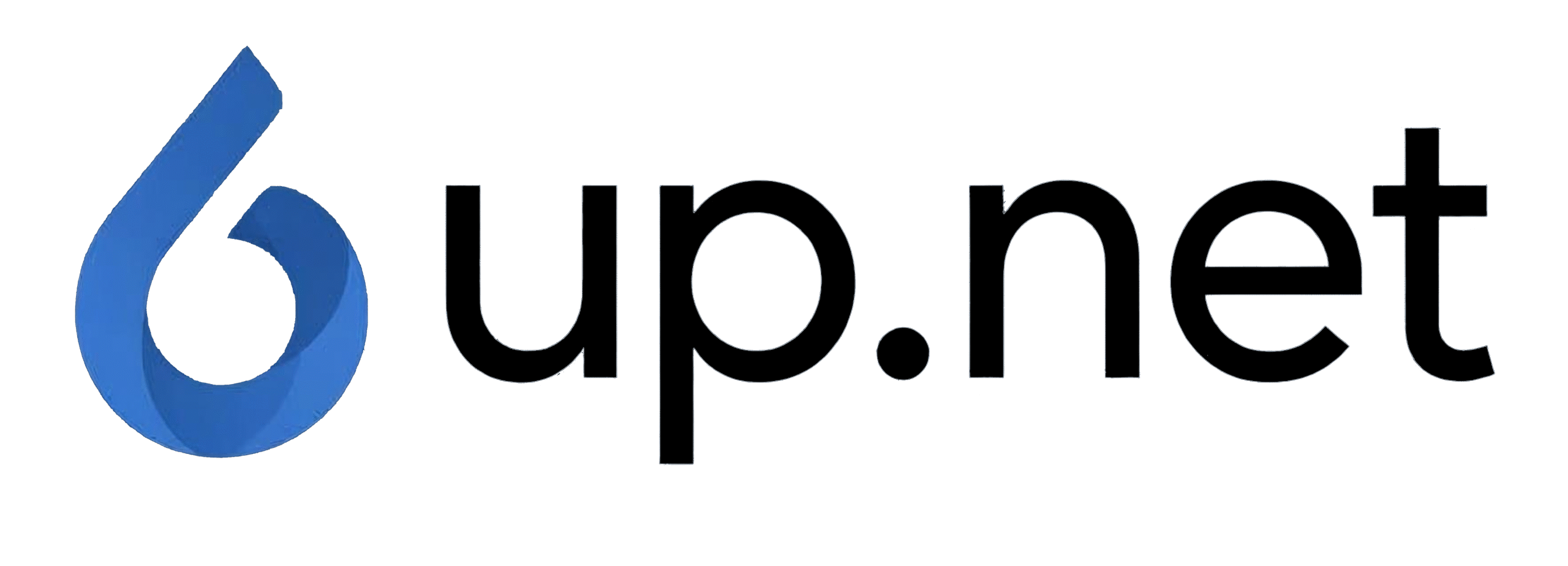In an era where blade prices regularly exceed $100, Sanwei has been quietly building a reputation for high-performance blades at budget-friendly prices.
Released in 2023, the Parla aims to bring premium 7-ply characteristics to the mid-range market.
After seeing numerous positive reviews from the table tennis community, particularly comparing it favorably to the classic Stiga Clipper, I was curious to test these claims myself.
Over 20 hours of testing across multiple playing sessions and opponents, I evaluated whether this blade could really bridge the gap between budget and premium performance.
Disclosure: This blade was provided free of charge by Sanwei for review. They had no editorial control over this review and this arrangement did not influence my evaluation.
SANWEI PARLA REVIEW SUMMARY
The Sanwei Parla is a controlled OFF- category 7-ply wood blade that brings high-end characteristics to a budget-friendly price point. It excels in control and spin generation while maintaining enough speed for most modern playing styles.
The blade’s balanced nature and forgiving character make it accessible to a wide range of players, though it may feel too restrained for those seeking maximum speed.
While it lacks the raw power of carbon alternatives, the Parla offers exceptional feel and control characteristics that rival much more expensive blades. At $35, it represents outstanding value for players prioritizing spin and control over pure speed.
Recommended For: Controlled offensive players who value spin and precision over raw power, suitable for both developing players and experienced all-rounders.
Benefits
Excellent spin generation
Superior control in short game
Forgiving sweet spot
Clear ball feedback
Exceptional value
Drawbacks
Limited speed ceiling
Softer feel requires adjustment
Less direct than carbon blades
About the Reviewer
David brings 20 years experience as a player, with 10 of those coaching players of all ages and standards. His style is The All-Rounder
About the Review
Forehand Rubber:Sanwei Gear Hyper
Backhand Rubber: Sanwei Gear Hyper
Hours Tested:20+
Test Levels: Intermediate to Advanced Training & Matches
Page Contents (Quick Links)
Recommended Playstyles
The Parla is best suited for controlled offensive players who prefer a spin-based style of play. It particularly excels in close-to-table exchanges where its excellent control and feedback can be fully utilized.
Design of the Sanwei Parla
The Sanwei Parla comes in simple packaging. A basic cardboard box with the Sanwei branding and a protective plastic sleeve. While the packaging is modest, it gets the job done without unnecessary frills.
Sanwei Parla’s modest packaging
The blade features a classic 7-ply all-wood construction, with premium Limba outer plies sandwiching five layers of Ayous.
Examining the blade’s edge reveals the distinct layering: thinner Limba outers transitioning to the Ayous core layers. The total thickness measures 5.9mm, making it thinner than many traditional 7-ply blades which often measure above 6mm.
Layers of a Sanwei Parla
The finishing quality impressed me, especially given the ~$35 price point.
The edges come cleanly sanded with no rough spots (on my test blade), and the blade surface is smooth with no defects or bumps. The head size follows a conventional pattern at 158 × 151mm.
My test blade weighed in at exactly 85g, perfectly matching Sanwei’s specified weight. There have been reports online (and in my review of the Nova Carbon) of blades varying quite significantly in weight, but that wasn’t my experience for the Parla.
Weighing the Parla at 85g
I tested the FL (flared) handle version, though ST (straight) and CS (Chinese penhold) options are also available. The FL handle features a comfortable gradual flare that sits naturally in hand.
What stands out is the distinctive burgundy-colored wood treatment with a red Parla lens inset. I think it’s a really good looking blade.
While it may lack the premium packaging of more expensive brands, the actual build quality punches well above its price point.
The Parla came with a simple protective film
- Construction: 7-ply all-wood (Limba outer plies, 5 Ayous inner plies)
- Outer Plies:Limba
- Core:5 layers of Ayous
- Thickness:5.9mm (±0.2mm)
- Weight: 85g (±5g)
- Speed Category: OFF-
- Handle Types:
- Flared (FL)
- Straight (ST)
- Chinese Penhold (CS)
- Price Range:$30-35 USD
- Stiffness:Medium
- Feel:Woody, controlled feedback
Summary:The Sanwei Parla is a controlled OFF- blade that excels in spin generation and precision play. While it may lack the raw speed of carbon blades, it offers exceptional feedback and control that rivals much more expensive alternatives. Best suited for players who prioritize spin and placement over pure power, it represents remarkable value in today’s market.
Playtesting Experience
I tested the FL version of the Parla with Sanwei’s Gear Hyper rubbers on both sides.
My first few practice serves and basic drives revealed a controlled, predictable character.
The blade immediately felt comfortable in hand, with a nice balance that made serve touch easy to gauge. Initial loops were landing consistently, with good spin generation and no unexpected reactions.
Comfortable Flared handle on the Sanwei Parla
Over about 20 hours of play against different levels and styles, from basic drills to practice matches, I put the blade through its paces.
The transition period was minimal. Within the first session I felt confident enough to play my normal game without having to compensate for the blade’s characteristics.
Speed and Control
The Parla immediately strikes you with its predictable, linear power curve. While officially rated ALL+/OFF-, in practice it plays like a controlled OFF- blade.
There’s enough speed for aggressive shots when you need them, but the blade never feels wild or uncontrollable. I never felt lacking in speed for any shot, though lacked the pure acceleration of a carbon blade.
During forehand loop exchanges, I found I could vary the pace seamlessly from slow, spinny opening loops to aggressive power loops.
The blade particularly excels in controlled counter-looping, where its excellent feedback helps you measure your shots precisely.
What impressed me most was how the blade handled short game situations. Unlike some 7-ply blades that can feel boardy or too reactive in touch play, the Parla maintains excellent control.
Serves and receives stay low naturally, and you rarely get unexpected bounces or loss of control in these delicate exchanges.
The one limitation I noticed was in pure hitting scenarios – if you’re looking to flat hit through everything, you might want something faster.
For most modern playing styles that emphasize spin and control though, the Parla’s speed characteristics feel very well balanced.
My testing setup on the Sanwei Parla
Feel
The Parla gives you solid feedback during play without being harsh on the hand. You can clearly feel what’s happening with each shot, which helps especially when blocking or returning heavy spin.
I found the sweet spot to be pretty forgiving – even when I caught the ball towards the edges during fast exchanges, the blade stayed controllable.
The dwell time is good too. During looping, you can really feel the ball on the blade long enough to generate proper spin.
One thing I particularly liked was how the blade handled blocking. The feedback is clear enough that you can read the incoming spin well, but it doesn’t transmit so much vibration that your hand gets tired during long sessions.
Value
At around $35, the Parla delivers performance that rivals blades costing twice as much or more.
At this price, you aren’t expected a lot from the build quality, but my test blade came with clean edges, excellent finishing, and consistent surface smoothness across the blade face.
What’s particularly impressive is how it competes with established classics.
While it might not have quite the raw speed of a Stiga Clipper, it offers superior control and spin potential at a significantly lower price point.
The Parla manages to bring high-end playing characteristics (precise feedback, consistent power curve, excellent dwell time) into a mid-range price bracket.
For players looking to upgrade from basic blades without breaking the bank, the Parla represents exceptional value.
It’s not just “good for the price”. It’s simply a good blade that happens to be affordable.
Alternatives To The Sanwei Parla
Stiga Clipper Wood
Faster and stiffer, but less control and higher price point
DHS PG7
Similar speed profile, but stiffer feel and less spin potential
Victas Swat Power
Comparable control, but higher price and slightly harder feel
Overall Reflections
Of all the blades I’ve tested recently, the Parla stands out for one crucial quality: confidence.
There’s a rare sense of certainty in every shot – you feel like you’re always going to hit the table, while still having enough power to put points away when needed.
This combination of reliability and capability is what makes it such a superb all-rounder.
It brings the classic 7-ply feel into the modern plastic ball era, where control and spin are increasingly crucial.
For most club players, the blade hits a sweet spot between speed and control. While it won’t satisfy those seeking pure hitting power, it excels at the controlled aggression that characterizes a majority of club players these days.
I found myself particularly impressed with how it handled the short game. Many 7-ply blades can feel clunky in serve-receive situations, but the Parla’s control makes these touches feel natural.
There are some limitations to consider. Players who rely heavily on flat hits might find the speed ceiling a bit low. If you’re coming from a carbon blade, you’ll need to adjust to the softer, more linear power curve.
That said, after extensive testing, I keep coming back to how well-rounded this blade is. It has enough speed to play aggressively when needed, while maintaining the control and feel for a reliable short game.
The fact it achieves this at its price point makes it even more impressive.
Long-term, I can see this blade working well for a wide range of players – from developing players looking to step up from beginner blades, to experienced players who prioritize control and spin over raw speed.
Check Latest Price at a Local Seller
Find out how much the Sanwei Target National costs on a localised Table Tennis store.
David’s been playing Table Tennis since he was 12, earning his first coaching license in 2012. He’s played in national team & individual competitions, although he prefers the more relaxed nature of a local league match! After earning his umpiring qualification in England, David moved to Australia and started Racket Insight to share information about the sport he loves.
Blade: Stiga WRB Offensive Classic | Forehand: Calibra LT | Backhand: Xiom Musa
Playstyle: The All-Rounder
Discover more from 6up.net
Subscribe to get the latest posts sent to your email.


